DIY Crochet Project Planner
Introduction
There are only four months left in the year as I am writing this post, but I can tell you that if you had thoughts of getting organized this year, now is a great time to start and create a crochet planner for yourself!
DISCLOSURE: This post contains affiliate links, meaning if you click on a product or service, and decide to purchase it, I may receive a commission at no extra cost to you. All recommended products and services are based on my experience with them. For more information, please read my Disclaimer.
Staying organized as a crocheter is incredibly important! When you are not worrying about your supplies, orders, etc, you can focus more of your time on creating projects you love.
Personally, I always feel more focused when I have my stuff organized before tackling a project or task. In this post, I’m hoping that I can show you how and help you get organized for your crochet hobby/business.
Choosing Your Planner Format
One of the first decisions you will need to make is if you want your planner on paper or digital. There are many pros and cons to both but it really depends on your personal preference and what you need to get organized.
The choices are endless in the world of planners. You can purchase pre-made crochet planners or you can go with a DIY planner setup if you want more flexibility in your planner functionality and purpose.
Some recommended planner tools include:
- Binders
- Bullet journals
- Printables
- Digital apps (like Notion or Goodnotes)
Core Sections of a Crochet Planner
If you are looking to create your own planner, there are some sections you should consider. I’ve listed a few sections that I currently have in my planner that may be helpful to you.
Project Tracker
Setting up a product tracker page is helpful! Knowing all the details of a project, especially if it’s a WIP (work in progress), makes it easier to come back to if you have to step away from a project for a while. The project tracker should include the following information:
- Project name
- Source of the pattern
- Start/end dates (you can also include due dates if for an order)
- Yarn used (brand name, weight, fiber type, etc)
- Hook size
- Any additional notes about the pattern or supplies you are using
This page doesn’t just help out with WIPs, but also helps with prioritizing projects based on date or complexity.
If all of this is already sounding overwhelming, I have the PDF tracker that I use for purchase in the shop (If you’d like something that is already done for you)!
Project Ideas / Wishlist
Creating a project ideas and/or wishlist page is great for keeping track of project ideas that you want to keep in mind, do in the future , or look further into. A wishlist is also a great idea if you are looking at picking up specific yarn or supplies that can be helpful and make your crafting more efficient.
I often find inspiration for patterns that I would like to make or create on Pinterest, Ravelry, YouTube, and crochet books/magazines. To take this list even further, you could categorize your list into sections such as gifts, clothing, seasonal etc.
RELATED: Reading and Crochet
Goals & Challenges
You’ve probably heard of reading challenges, so why not give yourself a crochet challenge! In this section of your planner, you can track the goals you have set for yourself and your preferred time frame (year/month/etc). Maybe you want to learn a new stitch, or complete a certain number of projects in a specific time frame.
This section is also perfect for tracking your projects in CALs (crochet-alongs) that you may be participating in or if you are trying to get through your stash of yarn.
Have trouble sticking to a plan? Motivate yourself by including a reward system and note in in this section as a reminder. Maybe after completing a WIP you give yourself some undisturbed gaming or reading time. If you complete 3 projects, you can purchase that cute sparkly holiday yarn that you have had your eye on for a while!
Yarn Inventory
This section can be a game changer depending in your needs. Having a list of the yarn, weights, and colors can help with planning further projects without having to pull apart your stash.
I recommend keeping track of the following for a yarn stash list:
- Brand of yarn
- Yarn weight
- Yardage (how much of this yarn do you have in your stash?)
- Fiber type (worsted, cotton, acrylic, etc)
- Dye lot (optional)
- Location (in a specific container or room’s storage area, etc)
There are tons of benefits with tracking your yarn storage. Other than the usual mess of tearing apart your stash to see what you have, tracking your stash also prevents overbuying as well as easing difficulty in matching yarn to projects you’re looking at.
I currently just use a tracker that is more of a list, but if you would like to get more detailed, feel free to include a color-coding or labeling system that would help you find information about your stash even faster.
When storing your yarn stash, you will see many people have found creative ways to store their yarn. Some have a room dedicated to their craft. Others may have a bookshelf that they have converted into a yarn stash display. You could also use, storage bins, bags, and tags to label and organize what you have.
RELATED: Springtime Crochet Organization
Hooks & Tools Inventory
Keeping a log of your tools is a must! Some things you may want to keep track of include:
- Hook sizes
- Brand names
- Any duplicate tools you may have
- Stitch markers
- Scissors
- Row counters
- Yarn winders (including skein sizes)
Pattern Library / Index
Adding a tabbed section in your planner for a pattern library is incredibly useful but optional. Some people like their patterns on paper, some prefer them to be digital. Either way is completely up to you.
Cataloging the patterns you own/like can be done in your preferred format, but keeping them available for reference is a must. You never know when you want to remake a pattern again.
Some categories you could use to organize your patterns include:
- Pattern Type (crochet or knit, Tunisian or C2C, etc)
- Designer name/website
- Level of difficulty
- Any additional notes on the pattern you may need for future use
Always be sure to have a backup system for digital patterns just in case! Technology can be finicky!
Extra Pages & Fun Additions
The extra pages you can add to your tracker can be helpful and fun, but it all really depends on how comprehensive you want your project tracker to be. Also keep in mind that the more sections and pages you have, the more you will need to maintain, update, and keep organized!
- Swatch library that includes attached yarn samples
- Crochet abbreviations and stitch guides
- Notes pages or journaling sections (for the things you would prefer to change or do next time)
- Gift list and event planner (planning handmade gifts in advance)
- Budget tracker for yarn and supplies
Tips for Maintaining Your Crochet Planner
As mentioned in the previous section, the more pages and comprehensive your planner is, the more you will have to maintain. Not trying to scare you, it’s just the reality of staying organized.
When and how often you update your planner is completely up to you. On my busy days, I will set aside a little time to check and maintain my planner. Otherwise, I update it as I get new yarn, tools, or projects. This keeps it easiest to use and I’m more likely to use it if it’s not treated as a project in itself.
Since it’s your personal project tracker, decorate it the way you like it! Feel free to use decorative pages, stickers, etc. You can get creative with you tracker too. Whichever way you decorate it, make sure it remains functional and easy for you to use!
You can also maintain your tracker just before starting a new project. If you do this before each project, you will always have an updated planner ready for reference!
I threw a lot at you in this post, but I’m hoping it has been helpful. If you just want something to get you started, I have a PDF version of the comprehensive planner I use available in the shop for purchase! It is a PDF file you can print at home. Print as many pages as you need to get you started!
My Comprehensive Crochet Project Planner
Final Thoughts
Whether you create your own or purchase a planner, digital or PDF printout, etc, I encourage you to personalize it! Make it fit exactly what you need to keep track of for your crochet hobby or business.
I personally prefer to be organized and know what I have versus what I need. I’m still personalizing my own planner as it can change depending on your goals and needs. But starting with something can really help you determine what you need to keep organized.
Do you have your own planner that helps you keep track of your hobby/business? What do you track? Feel free to share your own setups or questions in the comments!
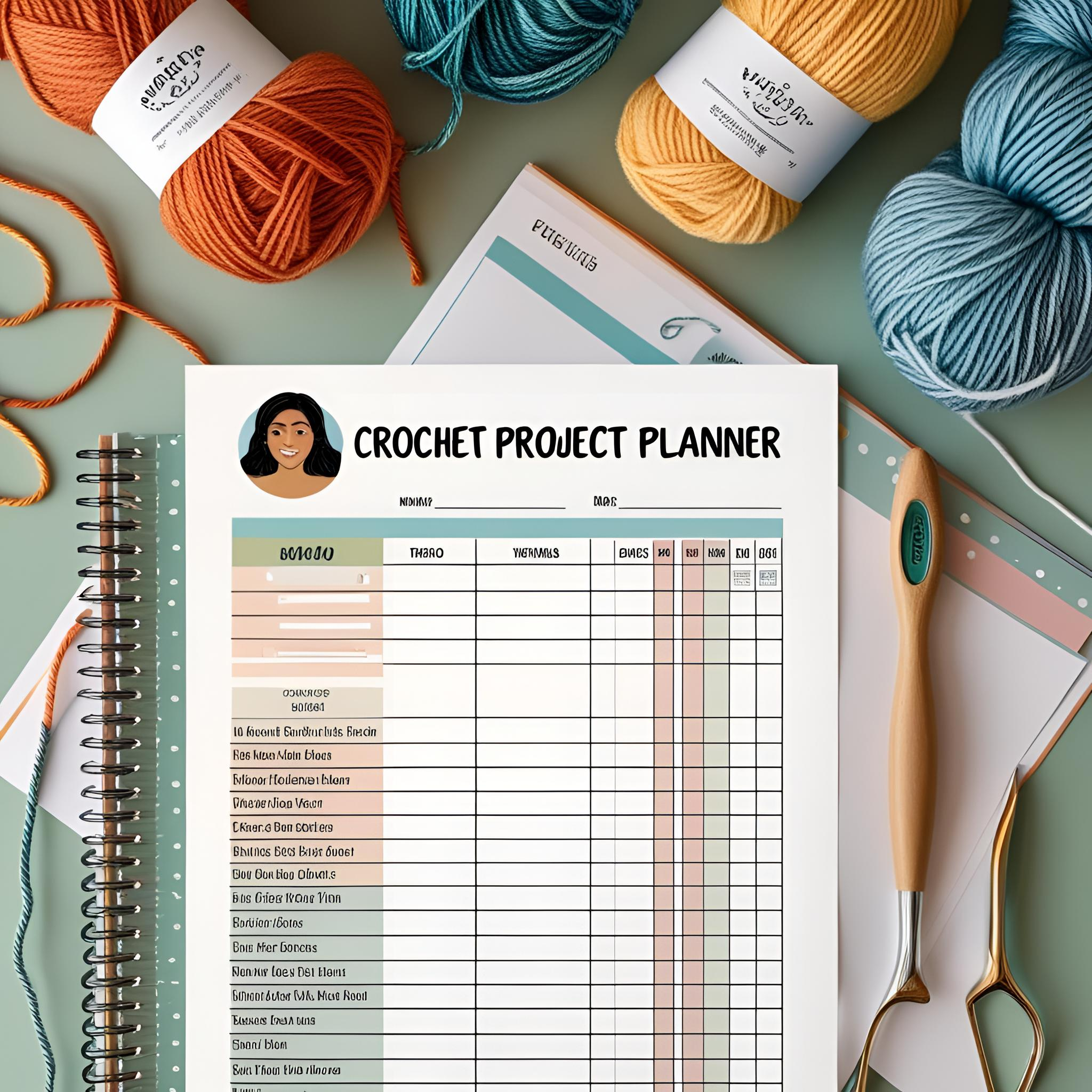
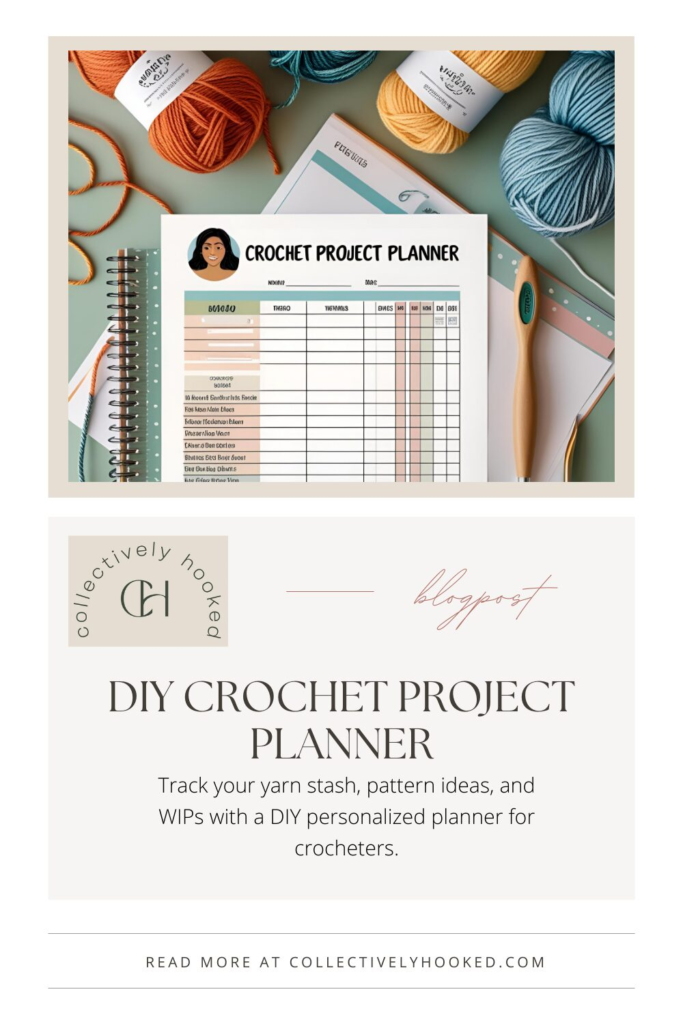
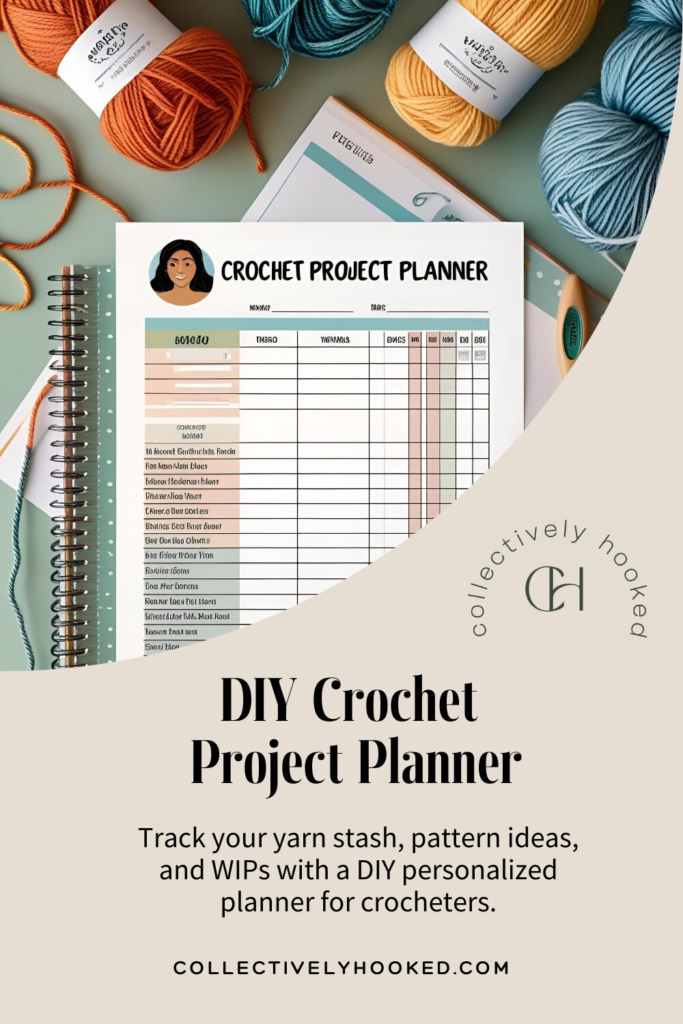
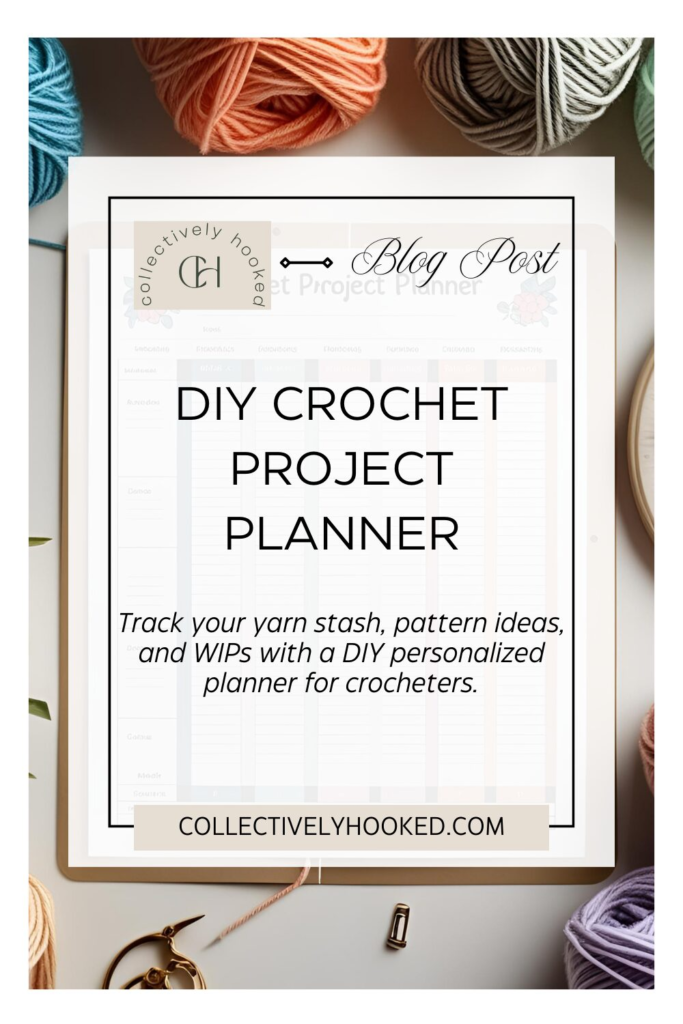
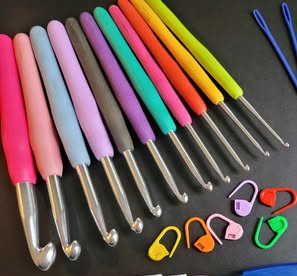
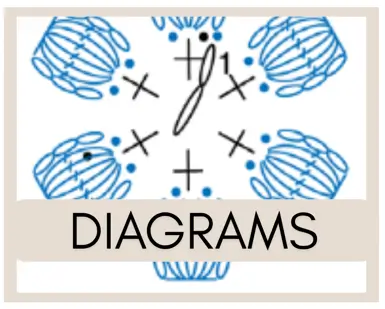
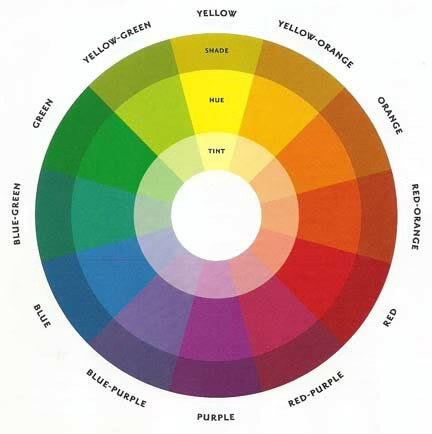
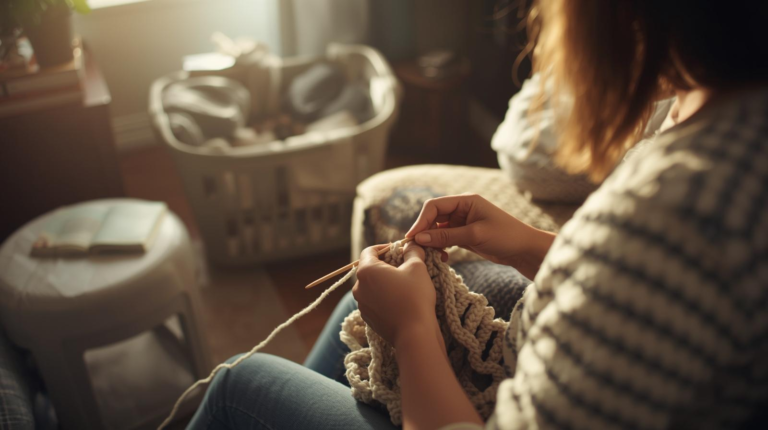

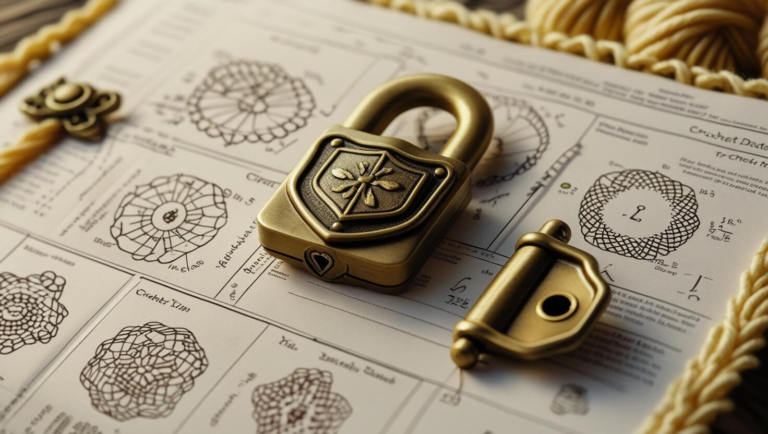
What a pretty helpful DIY crochet project planner. I am sure it’ll be useful for those who are interested in crochet crafts.
Thank you for reading!
If I crocheted, I would totally use this. I like being organized about where things are and how much I have left. Such a great idea!
Thank you for reading. I am the same way when it comes to organization. The chaos stresses me out!
This is such a handy idea! I love how a crochet project planner can keep all your patterns, yarns, and notes organized in one place. Definitely something I’d use to keep my own projects on track—thanks for sharing!
You’re welcome! Staying organized and knowing what you have and what you are working on without having to dig everything out is so much easier, especially if you have a large stash!
We’re not crocheters (yet?), but getting a planner for any project is such a good idea! We need to be more organized, and you reminded us of that! So many good tips.
If you ever try crochet, keep me posted on how it goes! Yes, organization helps so much in so many areas of life. The chaos stresses me out, so I try and be organized wherever I can be.